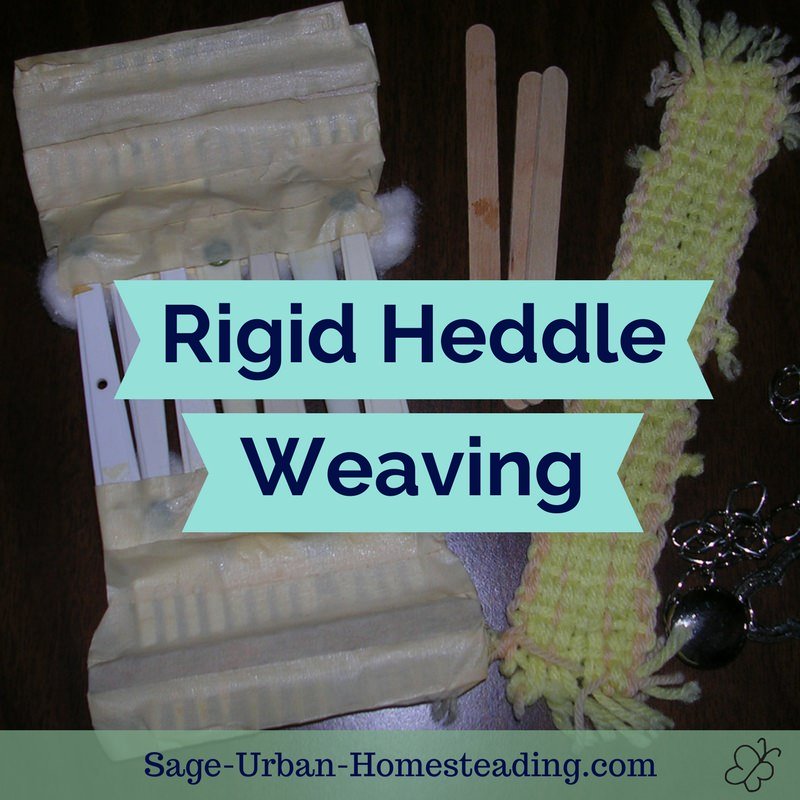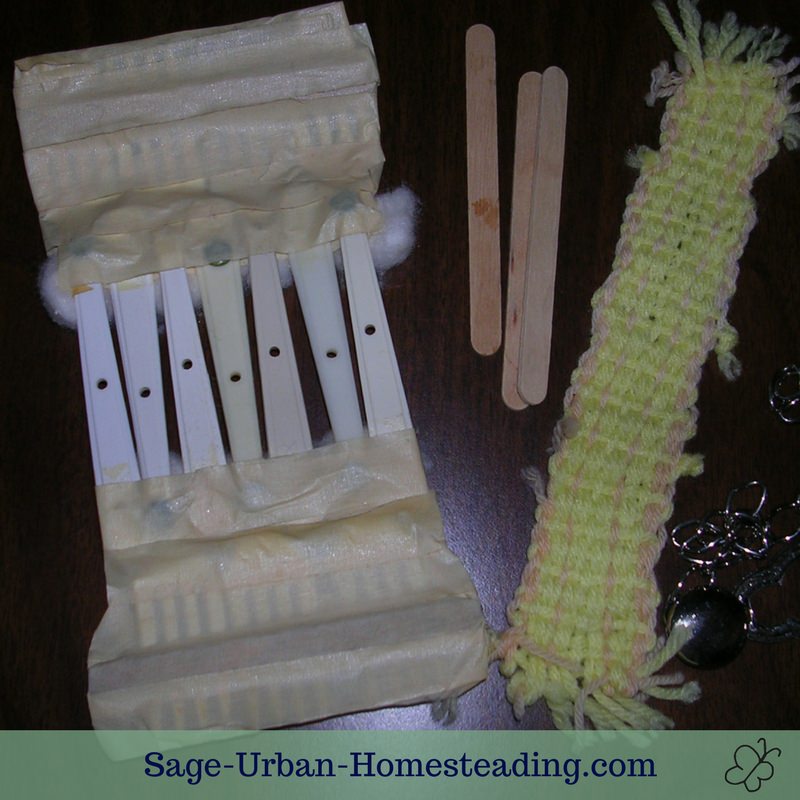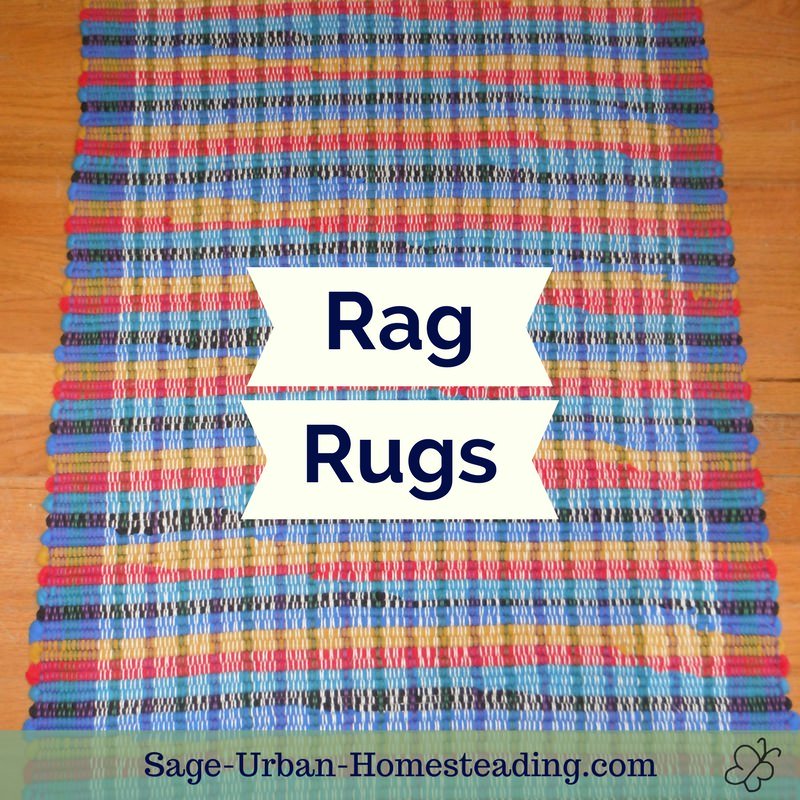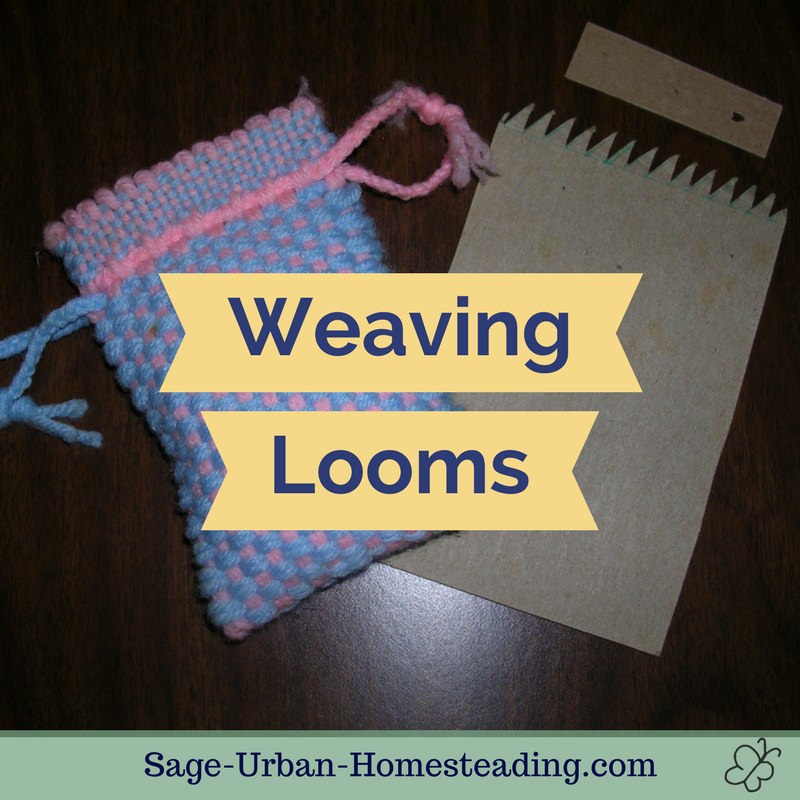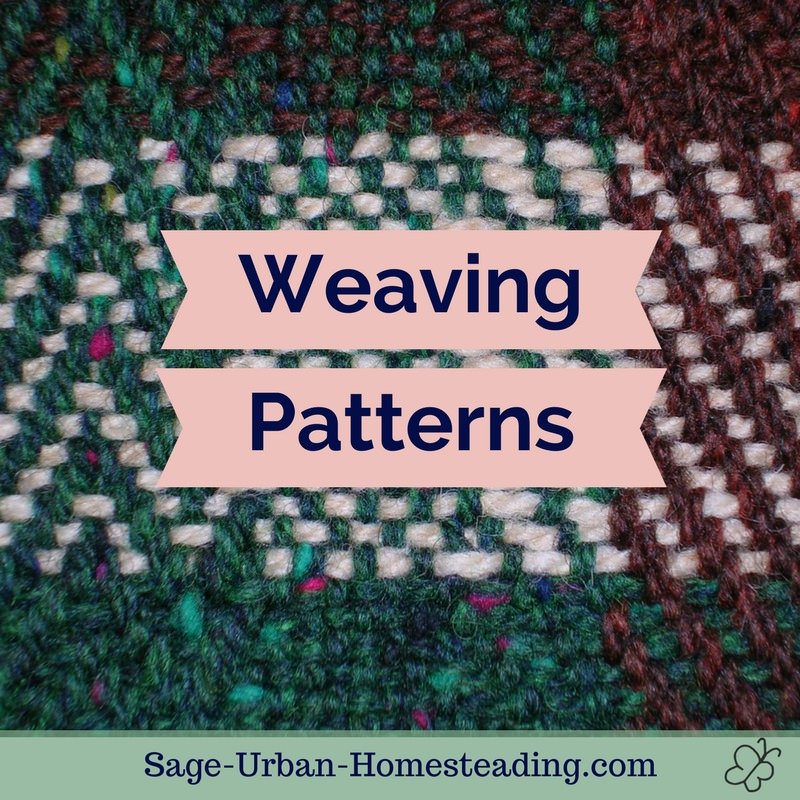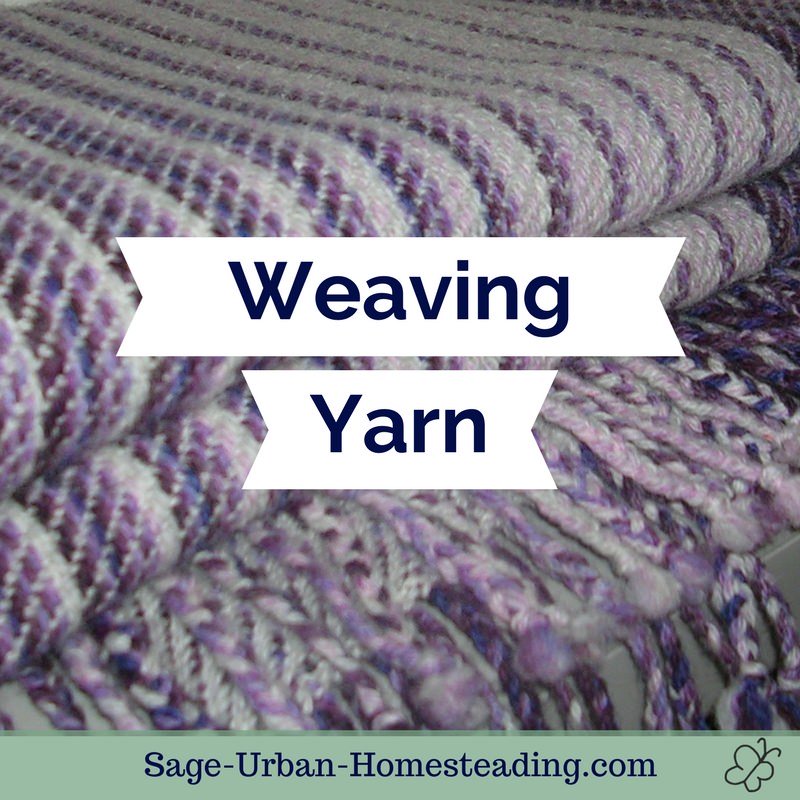FYI: I earn a small commission from some links and advertisements.
Rigid Heddle Weaving
I had an early experience with rigid heddle weaving as a child on my fork loom.
I made it when I was in upper elementary school, not in school, but as my own project for fun at home. I was around 10 or 11 years old at the time. I spent a summer weaving bookmarks.
I found the instructions for my fork loom in a book now out of print, but there are similar rigid heddle weaving loom instructions on Bob LaFara's craft site.
It was a small backstrap loom, too, so I could use it anywhere that I could tie myself up.
My favorite place to weave was in the kitchen where I tied it to the refrigerator handle!
How Rigid Heddles Are Different
Most weaving looms have harnesses that move the heddles to open the shafts for weaving. Rigid heddles stay in the same position in relation to each other and the whole piece is pushed up or down to move the warp threads.
It is smaller and cheaper than putting together a multi-harness loom, but you cannot vary the weave pattern or change the sett or epi without changing the whole piece.
Backstrap Loom Rigid Heddle Weaving
The backstrap loom with rigid heddle weaving is used by many groups of Native American descent in South America, such as the Mayans in Guatemala and Bolivia and the Inca of Peru and Chile. Instead of stretching on a permanent wood frame, the warp yarn is held taught by a strap that goes around the weaver's back.
Among the different weaving loom types, it is known for being portable and typically is used to weave a warp-faced fabric.
They are also inexpensive! You can make your own from some straight tree limbs, buy some dowel rods, or use old rulers.
How to Make a Loom
I had early weaving experiences learning how to weave with a homemade fork loom that I now understand was a rigid heddle loom with a backstrap tie-up.
I have fond memories of sitting in my grandmother's kitchen with one end tied to the refrigerator handle and the other end tied to an old belt around my waist that was donated for the project by my great-aunt Eleanor. I now know that it's best to have a wide strap around the hips, but it worked.
I knew nothing about sett or other weaving terms; however, it was a great way for a child to experiment and learn about weaving. I encourage you to also start with a rigid heddle loom set-up, but if you are an adult and want to make a real loom capable of some serious weaving patterns try the instructions on how to make your own loom from the Weavezine website.
Tips for Successful Backstrap Weaving
Backstrap looms are much slower to use than a floor loom, but you can be more intricate in your designs and take advantage of the portability.
Add a rigid heddle to your backstrap loom or tapestry weaving if you are having trouble finding sheds. With it, you lose the ability for intricate designs, but it also becomes possible to do a balanced weave if you're tired of warp-faced weaving patterns. It's only an optional piece to add if desired or if you're a beginning weaver, otherwise just use more cross sticks.
